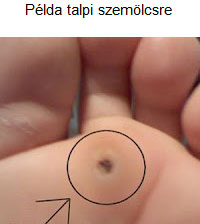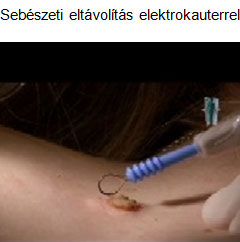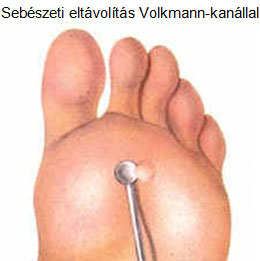What is a wart?

A benign skin tumor caused by the Human Papillomavirus (HPV), which occurs as a contact infection through micro-lesions of the skin in susceptible individuals. A weakened immune system, excessive sweating and a wet environment favor the development of infection. The virus infects the epithelial cells and initiates the formation of warts. Growing warts tend to spread. Its frequency of occurrence is around 10% in both adults and children.
What does a wart look like? What are your symptoms?
Warts are most often found on the surface of the hands and soles, less often on the external genitalia. They can be of different shapes and sizes, with a rough surface, but they can also be flat and smooth. Sometimes they are located deep, almost have roots. They can occur alone or in groups. Plantar warts can be painful.
How can warts be treated?
Without treatment, warts sometimes remain for years, often multiply, and sometimes disappear spontaneously, suddenly, without a trace.
Viral warts can be treated in several ways:
- With liquid nitrogen freezing: A common form of treatment is liquid nitrogen freezing, which is a quick and effective method with little pain. After freezing, a blister forms at the site of the warts, which heals in a few days when opened sterilely. It may be necessary to repeat the treatment 2-3 more times.
- Under local anesthesia with surgical removal: Even sharp-edged so-called It can be done with a Volkmann spoon, or a scalpel, or even a laser. However, with the surgical method, there is a chance that the removal is too superficial (the wart may recur) or too deep (a scar may form).
- Surgical removal with a Volkmann spoon
- Surgical removal with electrocautery
- Destruction with an electric knife (electrocautery).
- With the local application of wart-killing agents (e.g.: salicylic acid, fluorouracil): Can be used for smaller and less stubborn warts.
- With prescription medicine: By stimulating the immune system.
 After-effects of viral wart treatment?
After-effects of viral wart treatment?
Depending on the type and size of the wart and the chosen treatment, the healing time of the wart can take up to several weeks. A blister may form in the treated area the day after freezing, which can be opened under sterile conditions if it becomes too tense. After the blister, the wart will or can be turned out on its own. The wound heals in 4-5 days, and the regeneration of the skin surface starts quickly.
After viral wart treatment, it is recommended to relieve the sole for up to 2 weeks in the case of large plantar warts.
During the specialist consultation at our office, the dermatologist examines the wart and then decides on the treatment method based on its type and quality.
You can read about the prices of the birthmark examination in the Prices menu item. You can make an appointment for a medical consultation by calling +36 30 5603 983 or by e-mail at info@botoxclinic.hu.


